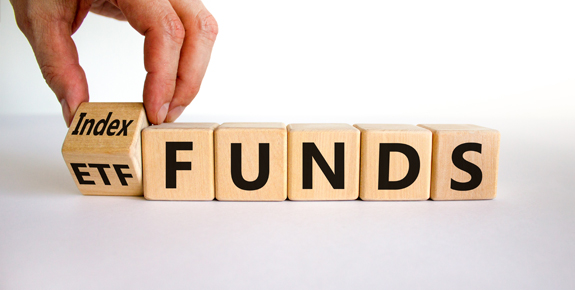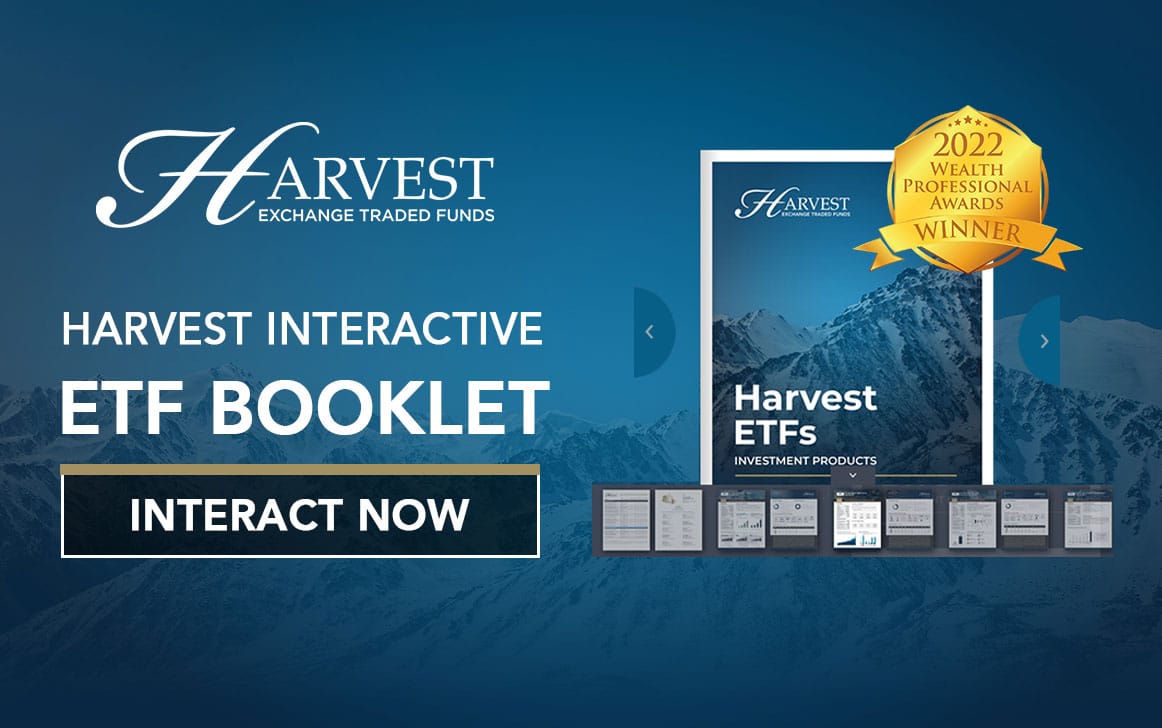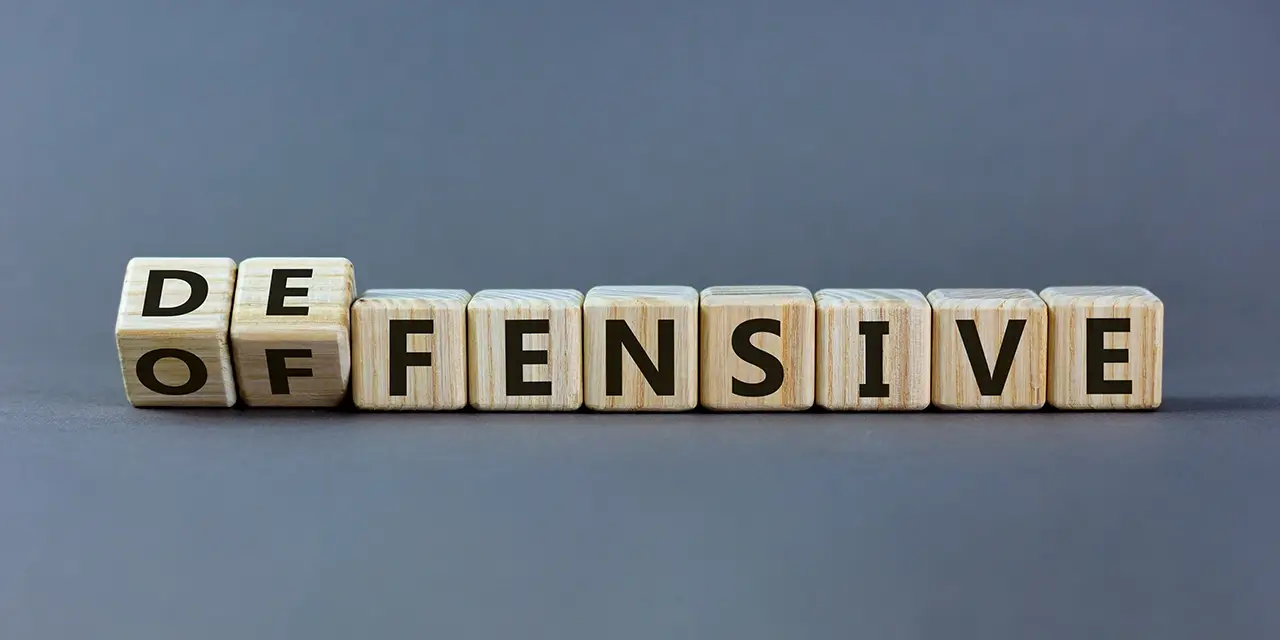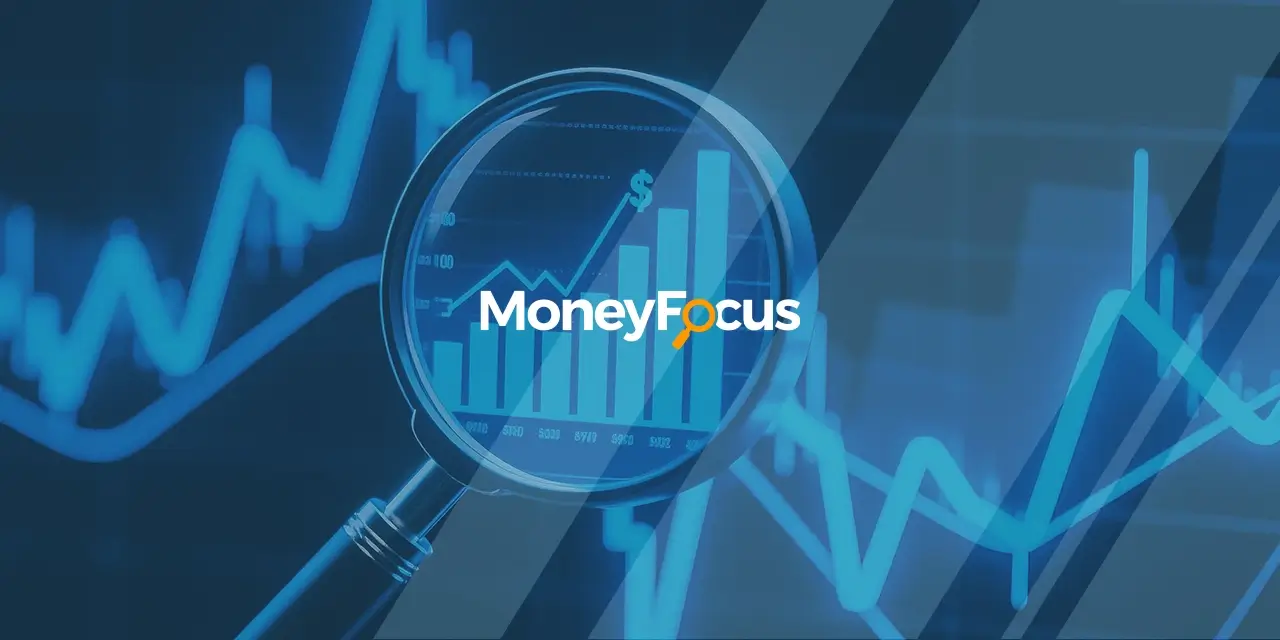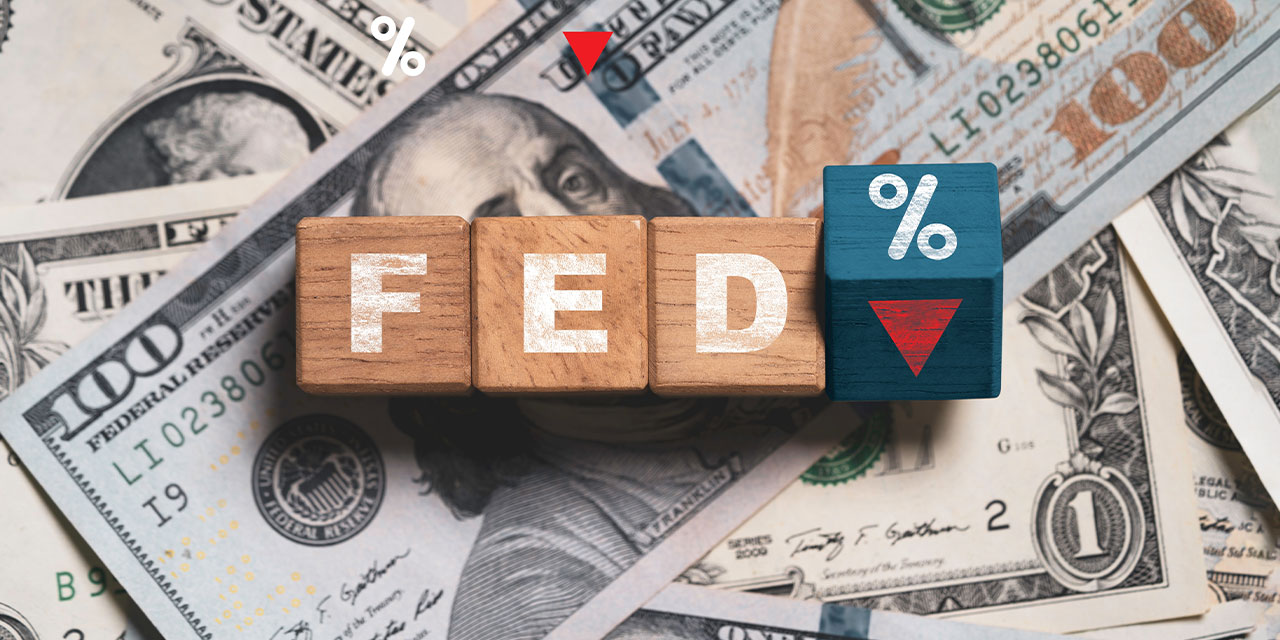By Harvest ETFs
When choosing between index funds and ETFs, Canadian investors often want to know what these are? And which one is the better option? At Harvest ETFs, we are often asked these questions. Decisions ultimately come down to individual preferences and investment goals, but understanding how these strategies differ is helpful.
ETFs and index funds have a great deal of overlap, as almost all index funds are actually ETFs. However, not all ETFs are index funds.
An ETF is an exchange traded fund. ETFs are investment funds that trade during the day on stock exchanges. ETFs can track an index, but they don’t have to. Many ETFs are actively managed, or do not track a set index of securities, these are called “actively managed ETFs” or “active ETFs”.
Many other ETFs do track an index, these are called “index ETFs” or, colloquially, “index funds.” As the name implies, an index fund tracks a set index, for example the S&P 500. Investing in an index fund means your investment should track the performance of that index.
Both index ETFs and active ETFs can offer investors lower costs and diversification, making them popular investment choices.
Some of the largest ETFs in the world are index ETFs, which can create some confusion between the two terms. As an ETF provider, we at Harvest ETFs have expertise on this subject. We can help outline the differences between these two categories and help investors navigate this decision. We will explain what an ETF is, what an index fund is, and the difference between the two, to help you with your investment decisions.
What is the difference between an ETF and Index fund
Active ETFs and index ETFs can both provide exposure to diversified portfolios and specific strategies. But there are some significant variations between the two:
1. Structure and Management:
Since most index funds are ETFs, they share a similar structure and setup with most active ETFs. All ETFs can be traded throughout the day at market prices, like individual stocks. Index ETFs are bound by the index they track, and their managers do not make active decisions to maximize upside, especially in the short or medium-term.
In active ETFs managers are empowered to make active decisions, usually within some set of rules. These decisions can help an ETF capture some shorter-term upside and/or employ complex investment strategies which require closer attention from portfolio managers.
2. Fees and expenses:
Index funds generally have lower fees than actively managed ETFs. That’s because active management takes more time and resources to execute, while tracking an index is inherently more passive.
3. Tax efficiency:
Some active ETFs can use strategies to improve tax efficiency on a component of their returns, such as generating income with covered call options. Index ETFs typically can’t exercise these more complex strategies to improve tax efficiency.
Despite these differences, both active ETFs and index ETFs can be suitable investment options for investors seeking diversified, low-cost exposure to a particular market segment or index. The choice between the two depends on an investor’s specific preferences, goals, and investment strategies.
Which is better: an ETF or Index Fund?
There is no clear answer to whether an active ETF or an index ETF is better, as it depends on an individual’s investment goals and preferences. Understanding the key differences is vital before making an investment decision. A key list to consider is as follows:
1. Determine your investment goals:
It’s important to understand your investment goals, including your desired rate of return, risk tolerance, and investment horizon, before investing. By doing so, you will be able to determine which investment vehicle will best meet your needs (active ETF or index ETF).
2. Research active ETFs and index funds:
If you are looking for an active ETF or index ETF that aligns with your investment goals, do your homework and research them. Factors such as fees, performance, underlying assets, distribution frequency, yield and the fund manager’s investment strategy should be considered.
3. Compare active ETFs and index ETFs:
After you have identified a few ETFs and index funds that meet your criteria, you may want to compare them to determine which one is the best fit for you. Consider factors such as the expense ratio, trading flexibility, tax efficiency, and minimum investment requirements.
4. A portfolio should be considered as a whole:
Consider how an active ETF or index ETF fits into your overall investment portfolio before investing. It’s important to consider if your portfolio is well-diversified and not overexposed to any one asset class or sector.
5. Seek the advice of a financial advisor:
You may want to consult with a financial advisor if you’re unsure which investment vehicle to choose or how to structure your portfolio. Investment advisors can provide guidance on how to allocate your investments according to your goals, risk tolerance, and investment options.
To read more about the differences between an ETF or Index Fund, click here.
Do ETFs pay dividends or distributions?
ETFs pay distributions but often it is referred to as dividends. And yes, there are some ETFs that pay distributions. An ETF’s distribution policy depends on the underlying securities it holds. ETFs may pay distributions to shareholders if the underlying securities receive dividends. Many Harvest ETFs pay out distributions from their underlying holdings, as well as additional income generated through the sale of covered call options, bundled together in a cash distribution.
ETFs that invest in dividend-paying stocks or fixed income securities are most likely to pay distributions. Some ETFs may also use derivatives or other strategies to enhance their distribution payouts.
Regardless of whether an ETF pays distributions or not, yields and payout schedules may vary. For investors who are concerned about distributions, it is important to research the distribution policy and history of an ETF before investing.
Is the S&P 500 an ETF or Index Fund?
The S&P 500 index is not an ETF or an index fund. It is an index, which measures the performance of 500 large American companies listed on stock exchanges. It is widely regarded as a benchmark for the US stock market’s overall performance.
The S&P 500 index is not an investment product itself, but can be tracked through index ETFs. Some investors also use it to compare the performance of their portfolios against the broader market.
To learn more about Harvest ETFs, click here
How to buy Index funds in Canada?
There are several ways to buy index ETFs in Canada. The following three methods are commonly used:
1. Using a discount brokerage:
You can purchase index funds through a discount brokerage. Unlike full-service brokerages, these platforms allow you to buy and sell index funds online. To get started, you will need to open a brokerage account and provide some personal and financial information.
2. The use of a robo-advisor:
A robo-advisor manages investment portfolios online using algorithms. Several robo-advisors offer index fund portfolios as part of their services.
3. Employer-sponsored retirement plans:
Your employer may offer a retirement plan, such as a defined contribution plan or a group RRSP, that allows you to invest in index ETFs. Find out what investment options are available through your employer.
4. Financial Advisor:
A Financial advisor can help you buy an index fund by providing guidance on which fund to choose based on your investment goals and risk tolerance. They can also assist in setting up the account to purchase the fund and provide ongoing monitoring of the investment performance. Additionally, advisors can offer insights and recommendations on rebalancing the portfolio as needed.
To learn more about how to buy Index funds in Canada, click here.
ETFs vs Index Funds at a glance
In summary, active ETFs and index funds are popular investment vehicles for individual and institutional investors due to their diversification, low costs, and potential for long-term growth. Both types of funds track a specific market index, offering exposure to a broad range of stocks or bonds with minimal effort.
Both active ETFs and index ETFs offer benefits such as diversification, tax efficiency, and lower costs. They are suitable for investors with a long-term investment horizon, who seek broad market exposure and want to minimize the impact of individual stock or sector risks.
One example of an index ETF is the Harvest Global Gold Giants Index ETF, an exchange-traded fund that aims to provide investors with exposure to the performance of large, global gold mining companies. Generally, these companies explore, mine, and produce gold. This ETF offers access to a diversified portfolio of gold mining stocks, which can serve as a hedge against inflation, currency risks, or economic uncertainty.
The ETF tracks market capitalization and liquidity-based index of leading gold mining companies. To maintain its focus on the largest and most liquid gold mining stocks, the index is rebalanced periodically.
The Harvest Global Gold Giants Index ETF is designed to take advantage of the growth potential and diversification offered by the gold mining industry. A suitable option for investors seeking exposure to gold as part of a broader investment strategy or as an alternative asset class.
For a detailed booklet of Harvest ETFs, click here.

